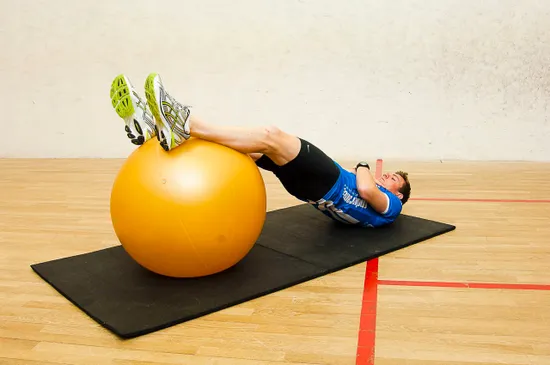As athletes, core control is vital for both performance and injury prevention. A strong effective core not only gives the upper and lower limbs a solid/stable base from which to move and produce power, it also ensures the correct type and direction of load is placed through the legs, assisting with correct biomechanics.
So how do you know if you need to train your core? Signs to look for include:
1. You can’t maintain a good streamlined position in swimming and find yourself sinking around the pelvis and abdomen; or you over-rotate during your stroke.
2. While cycling, you’re unable to keep the pelvis still and it rocks from side to side as you press force through the pedal stroke.
3. When running, the hip on the landing leg drops and rotates, and as you fatigue you look more and more like you’re running in a seated position.
But what do we mean by ‘core’? Well, your core is a complex series of muscles, which basically involves all the muscles that aren’t the arms or legs.
When core exercises are mentioned, they’re generally referencing the abdominal muscles, pelvic floor, glutes and muscles of the lower back.
The muscles have three-dimensional depth and influence movements in all planes. Many lie beneath the superficial muscles that people generally train and are targeted in the more traditional ‘core’ exercises.

Why is it important?
Your core is involved in almost every movement of the body. Within a triathlon the core is activated in different ways and in altering positions for the swim, bike and run.
These differing demands need to be trained and specific core exercises incorporated within your programme. The muscles of the core act in a number of different ways, but mainly they initiate and stabilise movement. An efficient core will therefore do two things:
Firstly, to make movement more efficient, allowing you to harness the power and speed your muscles possess.
Secondly, toncrease economy. When movement is better controlled there’s less energy loss – less leaks in the system, so to speak.
This can be especially evident in the run discipline, where a strong core will improve your ability to hold your form for longer, at speed and when fatigued.
There are hundreds of exercises that claim to strengthen your core, but as a triathlete, which should you be choosing? On the following exercises, we highlight some dos and don’ts and appropriate exercises for working your core in training.